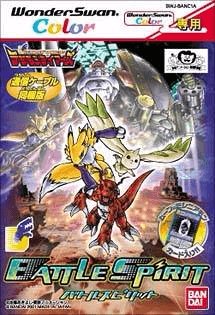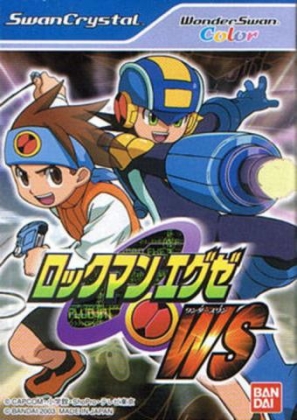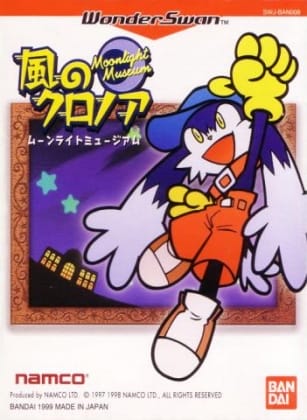Bandai WonderSwan
Conceived by Gunpei Yokoi after leaving Nintendo, the WonderSwan embodied his 'lateral thinking with withered technology' philosophy. Its landscape/portrait flexibility enabled unique game designs like vertical shooters and novel reading software. The system thrived on anime licenses (Doraemon, Gundam) and Square support (Final Fantasy ports). The 2000 Color model introduced a reflective TFT display with dramatically improved battery life, while the 2002 SwanCrystal added a frontlight. Though never exported, it achieved 15% Japanese market share at peak. The system's most enduring legacy was Judgement Silversword - a tech demo turned full game showcasing its 2D capabilities. Modern collectors prize rare variants like the Final Fantasy Limited Edition with metallic casing.

📊 Market Data
⚙️ Technical Specs
🎮 Usage Characteristics
🔤 Local Terms
✨ Unique Practices
- •Custom screen magnifiers for text-heavy games
- •Battery saving techniques like removing back cover
- •Trading rare Digimon via infrared
🏆 Popular Games
View All1999
Action RPGDicing Knight is an action RPG developed by Bandai for the WonderSwan handheld console. Players control a knight who uses dice-based combat mechanics to battle monsters in a fantasy world. The game combines traditional RPG elements with unique dice-rolling mechanics for attacks and spells.
2003
Action RPGRockman EXE WS is an action RPG based on the Mega Man Battle Network series, developed for the WonderSwan handheld. The game follows Lan Hikari and his NetNavi MegaMan.EXE as they battle viruses and cyber criminals in the cyber world, featuring a unique blend of real-time action and strategic deck-building elements.
2001
PlatformerKlonoa's monochromatic WonderSwan debut featuring puzzle-platforming action across dream-themed museums. The first handheld entry in the series introduces the Wind Ring mechanic in portable form.





